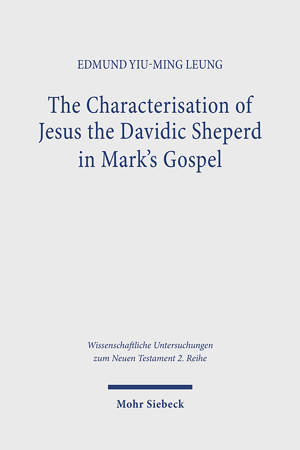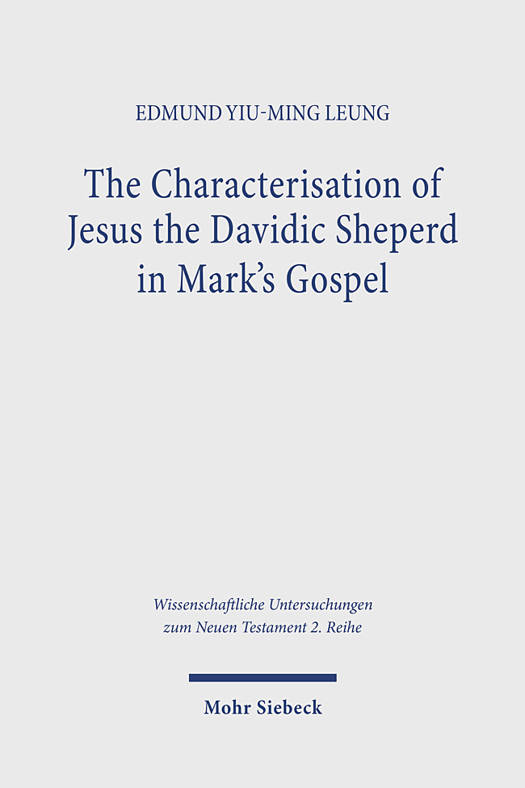
- Afhalen na 1 uur in een winkel met voorraad
- Gratis thuislevering in België vanaf € 30
- Ruim aanbod met 7 miljoen producten
- Afhalen na 1 uur in een winkel met voorraad
- Gratis thuislevering in België vanaf € 30
- Ruim aanbod met 7 miljoen producten
Zoeken
The Characterisation of Jesus the Davidic Shepherd in Mark's Gospel
A Narrative Analysis through the Lens of Metalepsis
Edmund Yiu-ming Leung
Paperback | Engels | Wissenschaftliche Untersuchungen zum Neuen Testament 2. Reihe | WUNT II | nr. 626
€ 104,45
+ 208 punten
Omschrijving
Given the literary qualities of the shepherd images in Mark's Gospel (6:34; 14:27), which are intertextual references to the Hebrew Bible and figures of speech for narrative characterisation, Edmund Yiu-ming Leung adopts a narrative-critical approach using Genette's conception of narrative metalepsis. This innovative methodology addresses the inadequacies found in previous studies and fully acknowledges the dual literary nature of the images. More significantly, it illuminates how the original literary background of the shepherd images (Ezekiel 34; Zech 13:7-9) functions to characterise Jesus and other characters along the plotline. Subsequently, the characterisation of Mark's narrator creates rhetorical impacts on Mark's implied readers and persuades them to respond to the radical shepherding work of Jesus and ultimately to acknowledge the nature of being his disciples with an open ending.
Specificaties
Betrokkenen
- Auteur(s):
- Uitgeverij:
Inhoud
- Aantal bladzijden:
- 257
- Taal:
- Engels
- Reeks:
- Reeksnummer:
- nr. 626
Eigenschappen
- Productcode (EAN):
- 9783161637520
- Uitvoering:
- Paperback
- Gewicht:
- 401 g

Alleen bij Standaard Boekhandel
+ 208 punten op je klantenkaart van Standaard Boekhandel
Beoordelingen
We publiceren alleen reviews die voldoen aan de voorwaarden voor reviews. Bekijk onze voorwaarden voor reviews.











